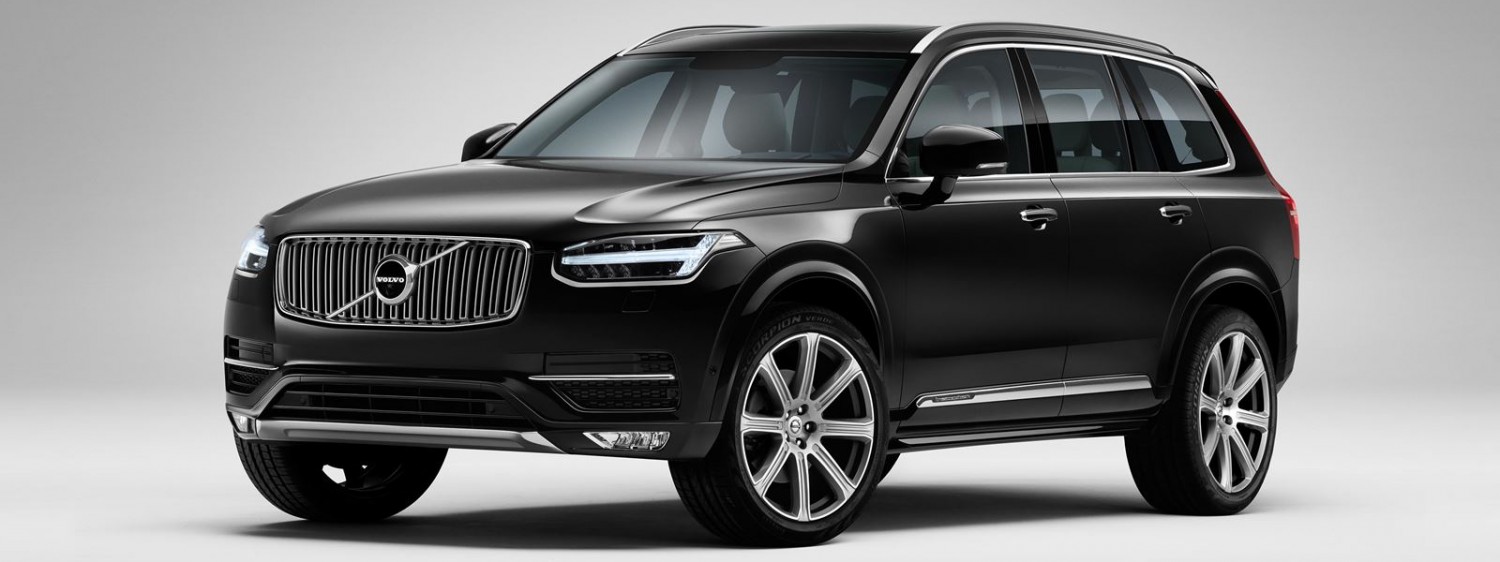
OK, I’m about to cry…
In 1931, not long before he died, the [Edison] told his friends Henry Ford and Harvey Firestone: “I’d put my money on the sun and solar energy. What a source of power! I hope we don’t have to wait until oil and coal run out before we tackle that.”
AGGHHHHCHCC!!!
That, from the New York Times Magazine, is the conclusion of an excellent article on the Clean Green Thinking of America’s most famous inventor, Thomas Edison. You can read the whole article here, but the gist is that Edison worked on various green initiatives, including electric cars, wind turbines, and an off-the-grid home in New Jersey that the New York Times then called "utterly and for all time independent of the nearness or farness of the big electric companies."
From this, I learn two things. First, apparently "farness" used to be a word. Second, our reliance on cheap fossil fuels has created a kind of stagnation in the energy industry that is pretty depressing. It’s just as Edison feared, we’ve had to wait until oil and coal are running out to tackle the abundant renewable energy created by our natural environment. He wasn’t an environmentalist, so don’t let the New York Times fool you there, but he knew a good idea when he saw one. And now, finally, we’re moving forward once again.





 We’ve already heard that the 2008 Toyota Prius might be capable of over
We’ve already heard that the 2008 Toyota Prius might be capable of over 
 The MM NMG (EVX WTF really is a better name) is officially classified as a motorcycle, but it’s got all the comforts of a car. The top speed is 70 mph and it’s 100% electrically powered. Plus, the entire car is "built for safety" a feature that you won’t see on many motorcycles. That’s the good news.
The MM NMG (EVX WTF really is a better name) is officially classified as a motorcycle, but it’s got all the comforts of a car. The top speed is 70 mph and it’s 100% electrically powered. Plus, the entire car is "built for safety" a feature that you won’t see on many motorcycles. That’s the good news.  So far, its unique design has only brought it one success…a role in Austin Powers’ Goldmember. Their website ensures prospective buyers that they’ll get more attention in an NMG than in a $100,000 sports car (a
So far, its unique design has only brought it one success…a role in Austin Powers’ Goldmember. Their website ensures prospective buyers that they’ll get more attention in an NMG than in a $100,000 sports car (a 


 The innovation here is called the ‘heliotube.’ It’s a tube of glass that concentrates the sun’s rays onto a very thin strip of silicon solar panels at the base of the tube. The tube is then connected to a frame in blocks, and the frame uses the power coming off the panel to tilt the tubes to track the sun. These panels use 88% less photovoltaic material, but are almost as efficient per square foot as traditional solar panels.
The innovation here is called the ‘heliotube.’ It’s a tube of glass that concentrates the sun’s rays onto a very thin strip of silicon solar panels at the base of the tube. The tube is then connected to a frame in blocks, and the frame uses the power coming off the panel to tilt the tubes to track the sun. These panels use 88% less photovoltaic material, but are almost as efficient per square foot as traditional solar panels.






